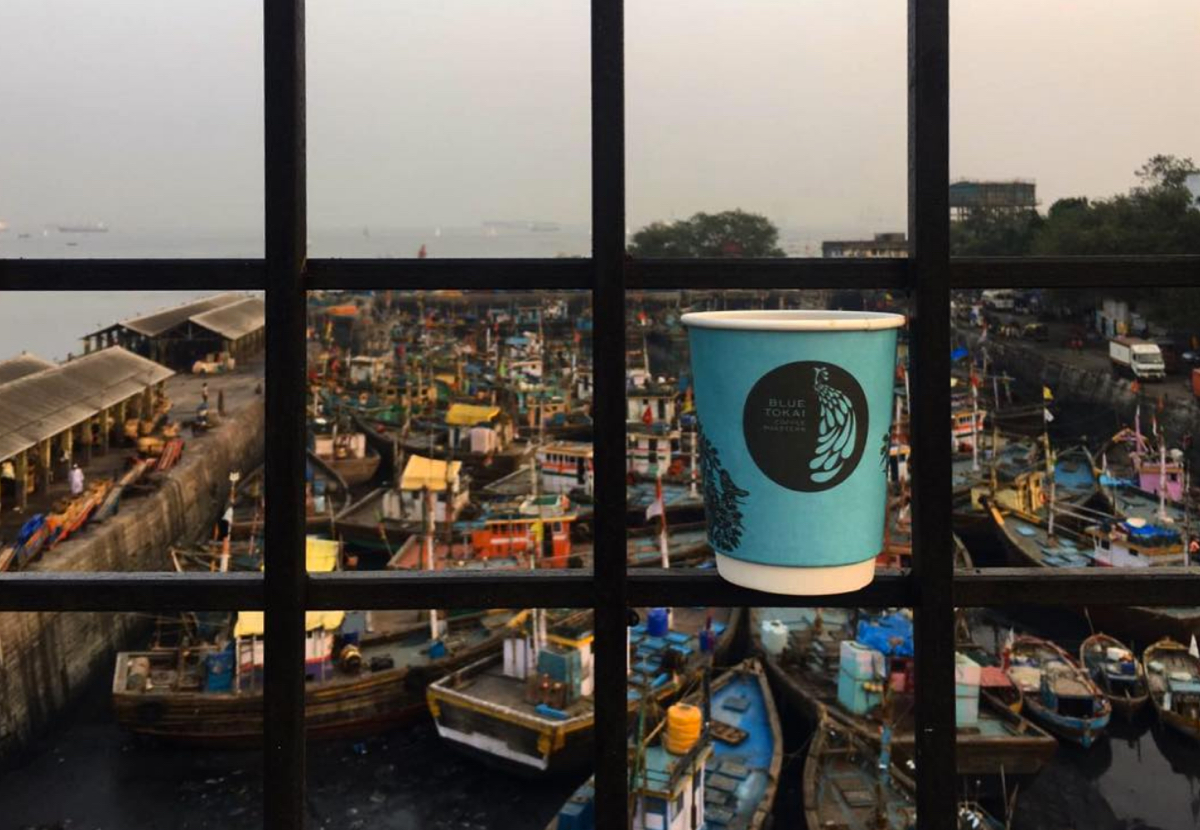


It’s not the size of the Indian market but the immensity of the aspiration across income levels that businesses need to take into account. Products that deliver aspiration at value bargains is where the game gets exciting.
The Indian story has always focussed on the size of the market. But across social and demographic divisions, it is the desire to trade up that has changed most drastically in the last two decades.
Across the world people are increasingly conscious of a work-life balance. Not in India. Work comes first here. In metros across the country, office lights are on all night. Uber and Ola drivers race across the city clocking in the extra hours. Late night food delivery is up 3X from less than two years ago. Technology has made it possible to make money but with strings attached.
The new Indian is hyper aspirational. From clothes to cars, the market had long been fragmented with few brands emerging as national leaders with the might or muscle to create something new or better. But now as new retail emerges in parallel with internet access, monopolies in distribution are giving way to consumer choice. Never before has the opportunity to live better at such a great price existed.
The formula is clear: better for cheaper. The challenge for entrepreneurs is to create efficiencies using technology.
Brands that have risen to the occasion have grown rapidly. Patanjali an FMCG brand that looks and smells like yoga but is priced affordably, has been successful across the income pyramid. Indigo, a budget airline that talks a new language of punctuality is a runaway success. A three-year-old coffee brand, Blue Tokai, that offers farm fresh artisanal Indian coffee is the background of choice on teenagers’ Instagram stories. As India urbanises, the youth are on the hunt for lifestyle brands that make them look and feel good.
But in the same time frame, India has not yet delivered big financial returns to investors. The $10.8BN invested from 2007 - 2016 has seen exits worth $8.5 BN from 500 exits. This has quite rightly made investors reconsider.
The biggest challenge has been the slow growth of the middle class. From 2000 to 2010, China’s urban middle class households grew by 20%. At a comparable period a few years later, from 2005 to 2015, India’s middle class grew only 10%. Simultaneously the top two household segments which contribute a disproportionately large amount to consumption, grew 8X in China but less than 2X in India.
Meanwhile investors have backed too many X-of-India businesses, compounding the current crisis the venture capital industry finds itself in. While chasing copycats, the big global funds have missed investing in businesses created around India’s realities. Venture capitalists tend to invest in a herd. As the so-called copycat businesses gained popularity, investment portfolios became heavily skewed in favour of such businesses. Businesses that have benefitted from this generous capital have been guilty of chasing GMV rather than creating product differentiation or business efficiencies and have paid the price in the long term.
Just based on the historical (suboptimal) growth rate, the Indian consumer base will emerge over the next 10 years. However, its likely to be much quicker based on three big factors. First, future consumption will largely be digitally driven. Consumption of wireless data increased over 6X on a year-on-year basis, with the launch of Jio and the steep decline in data prices (from $1.90/GB to $0.17/GB). Second, Aadhar, the world’s largest biometric enabled identification ecosystem has already created 300MM first-time bank accounts. And finally, the biggest fillip to ecosystem is the recent implementation of GST that is removing the raj-era tax complexity from the ecosystem.
So it’s not all doom and gloom. Business that understand the realities of the Indian consumer and create models to address them will be hugely successful. For many investors the Indian consumer market has been like a plane at the start of the runway. The potential understood but clearance for take off elusive. Businesses that understand what the unique Indian consumer desires and invest in sustainable product differentiation will create enormous value. Seed the hyper-aspirational, hyper-sharing, hyper-connected Indian with it, let it simmer for a while and explode it will. Those that lose their patience will miss out on massive wealth creation opportunities as shown in the case of Bharti Airtel in the early 2000s. Get the product right and stay the course. The Indian consumer is hungry and waiting.